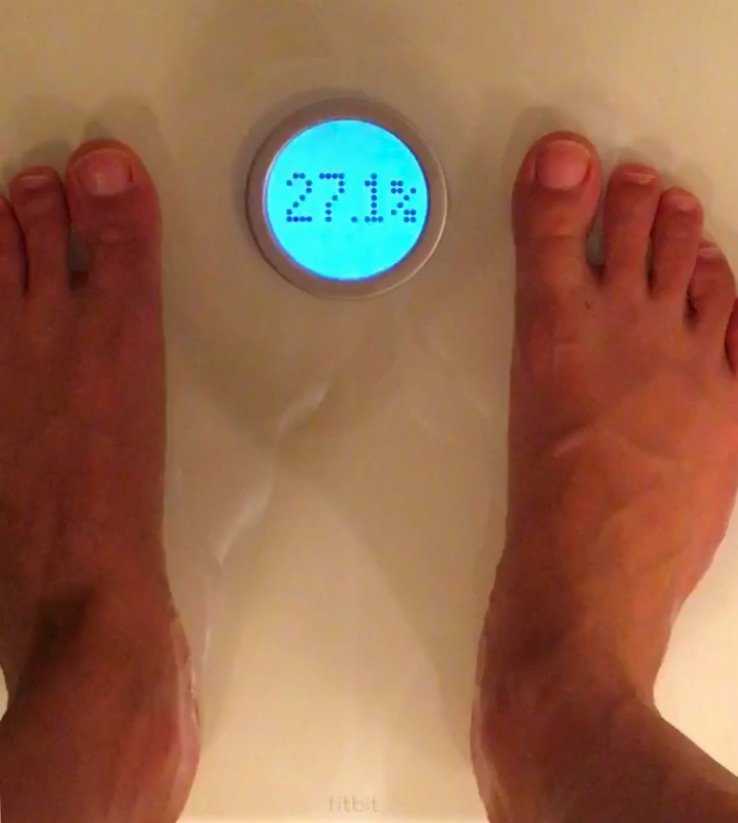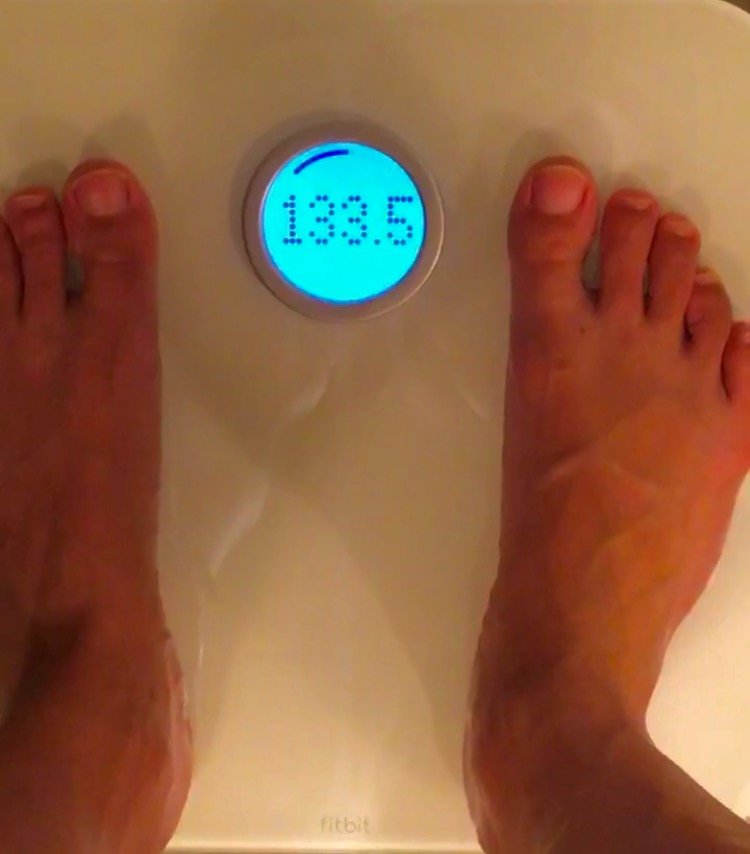The Most Unsexy Reason to Lift Weights
I recently turned 25 years old. Being the data tracker that I am, one of the first things that came to mind was, "I should get my bone density measured". I promise, I'm not crazy. Okay, maybe a little. Hear me out.
Our formative years of bone building peaks around age 25. In the back of our heads we all know that resistance training is essential for preventing osteoporosis and/or osteopenia. "But you only need to worry about those things once you're old, right?" Wrong! If we peak at age 25, then anything you do afterward only works to maintain the bone density that you already have and prevent further bone loss. Our bones are constantly being remodeled throughout life. Good nutrition and resistance training are essential to promote healthy bone homeostasis.
So, earlier this week I went and got my bone density measured using a DXA machine. I've never had my full-body bone density checked before and wanted to get a baseline so I can see how I am maintaining it throughout my life. My Mamani (grandma) had severe osteoporosis through the later part of her life, so if it's partially related to genetics, I definitely have the genes. However, my Mamani grew up in Iran raising 5 kids on her own, breaking her back to feed the family. She couldn't afford to be optimally nourished, a privilege I do not accept lightly.
This is why my husband always calls me an outlier
Initially, trying to add meaning to the numbers can seem difficult so I won't try to explain them. What is important to notice is that the technician wrote that I am in the 96th percentile of bone density compared to other white women my age. That means I have better bone density than 96% of these women. I actually wonder how it might've been different, had I been actually lifting heavier weights this year... (I had to take a break due to my knee injury).
The reason why weight lifting has such an immense impact on bone density is because as the muscle attaches to the bone, it pulls on the bone, creating a higher demand for mineral deposits. That's where all your calcium and phosphorus comes in! But in order for those minerals to be deposited there, having enough fat soluble vitamins is ESSENTIAL! Especially vitamins D and K. So, if your muscles are never pulling on the bone (by resisting the force of a barbell, for example) then both the muscle and bone atrophy, increasing the risk for low BMD and therefore increased risk for osteoporosis down the line. Loading weight on the shoulders, for example, puts a demand on your spine, requiring it to get stronger.
DXA for Body composition
Another measurement the DXA scan does is body composition, although it's not the gold standard. Here's how I rank these tests based on accuracy (in measuring body fat):
Hydrostatic (underwater)> DXA> Skin calipers> Bioimpedance (BIA)
The DXA technician at Washington Institute for Sports Medicine (where I did the test) said that DXA can overestimate body fat by 3-8% percent, depending on the machine. He gave the example that the leanest bodybuilder he's ever seen, 3 days before competition, weighed in at ~10% body fat (which I would expect was around 3% in reality), giving it about a 7% error.
Above, you can see that my total body fat was 21.3% (which was likely 14.3% if we consider the accuracy of that machine). That number is much more realistic to me because when I've previously done hydrostatic weighing (more accurate), my body fat came back at 10.8 % and 13% in 2013 and 2015, respectively. See below.
Body comp results from 2015 and 2013. Interestingly, I've consistently, though unintentionally, had this tested every 2 years within a week of each other.
It's interesting to see how these compare to my Fitbit scale. It's consistent, just not accurate.
Just a note: I am an outlier, I can't say that enough.
Very few women can get below 14% body fat and still have a regular menstrual cycle. It is NORMAL, HEALTHY, and ESSENTIAL (for most women) to have a body fat percentage in the 20% range.
I find it quite fascinating to be able to see what my body is made of. Just by looking at my legs and hips in the mirror, I would guess I had much more body fat than was measured on the scan. Under the hood, it's mostly just muscle! Doing this exercise of objectively looking at the body can be a great practice in testing the inner dialogue we have about our bodies.






